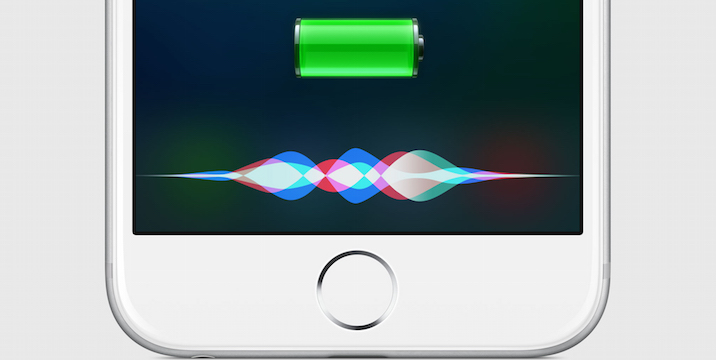How iOS 9 Will Extend Your iPhone’s Battery Life

Toggle Dark Mode
One of the most crucial components of mobile phone satisfaction is battery life. No matter how gorgeous the display is, how stunning the camera is, or how fast the internal processor runs, these luxuries offer zero functionality without a proper battery.
It’s no secret that all rechargeable batteries become less efficient over time, however Apple’s products are often praised for their stellar battery life. An already impressive battery life coupled with iOS 9’s new battery saving techniques means that current Apple iPhone users have a treat coming and Android users might see a great reason to switch to an iPhone 6s this fall.
In iOS 9, Apple will introduce many enhancements to the iPhone’s operating system. These enhancements will draw less power overall and draw more when necessary, extending battery life by up to three hours.
One major battery life enhancement in iOS 9 uses the iPhone’s built in sensors to do something simple yet ingenious. Allegedly iOS 9 will use the light sensors and proximity sensors to determine whether the phone is lying face up or facedown. If the phone is laying face down, the iPhone will automatically shut off the display for any incoming notifications until the phone is turned right side up. Since the iPhone’s main battery consumer happens to be its large screen, keeping the screen turned off for extended periods of time should dramatically save your phone’s battery life.
iOS 9 will supposedly prompt you, when its battery level reaches 20%, to switch on Low Power Mode. Low Power Mode is a new feature that automatically makes a multitude of adjustments to the iPhone, effectively adding up to three hours of battery life. If you are impatient, like us, you’ll want to take advantage of some of these tricks now before iOS 9 is released. I will describe what these features are and how to alter them manually in iOS 8, effectively extending your iPhone’s battery life.
Mail Fetching – E-mail is great because it’s an always on, and always accessible communication resource. Although it’s possible to be reached 24/7 via email, we find that more often than not, emails can wait. Wouldn’t you rather receive ten emails at once three times a day, rather than one email 30 times day? The terminology that defines how often your e-mail grabs new messages is known as “fetching.” It’s the same as going to your physical mailbox to “fetch” the mail. The more times a day you do it, the more energy you expend. That energy is also used when there is nothing in the mailbox! What a waste. Change the interval of time your iPhone fetches new mail to save data and battery life.
- Tap Settings
- Tap Mail, Contacts, Calendars
- Tap Fetch New Data
- Select 15 minutes, 30 minutes, Hourly (recommended), or Manually.
Background App Refresh – This newer iOS feature allows certain apps to refresh their content automatically in the background. This means that if the Facebook app were set to automatically refresh, you would see the newest stories every time you open the application. This feature is unnecessary for most people, as today’s blazing fast LTE speeds only require a second or two of patience to load the newest stories at your whim. Turn off background app refresh to save data and battery life.
- Tap Settings
- Tap General
- Tap Background App Refresh
- Switch Off
Push Notifications – Push notifications are the dandy little reminders you receive all too often from your apps. They remind you to play games, read your Facebook notifications, or check your bank account balance. These notifications are “pushed” to your phone, requiring a constant connection. This uses a major amount of battery life. Turning off the push notifications you don’t need will increase your battery life dramatically.
- Tap Settings
- Tap Notifications
- Select an app you rarely use
- Swipe off “Allow Notifications”
- Repeat for more apps you rarely use
Reducing screen brightness – Your screen brightness is the simplest way to preserve your iPhone’s battery life. Most likely, your phone is set to automatically adjust the brightness according to the lighting in the room. While this is convenient, it can often set your brightness higher than it needs to be. Take control over your screen brightness to increase your battery life.
- Tap Settings
- Tap Display
- Switch off “Auto-Brightness”
- Swipe up to access the control panel, which houses a convenient slider to adjust the brightness manually when necessary.
Just installing iOS 9 to your iPhone will reportedly give you an extra hour of usage time. Low Power Mode will give you an extra three hours of usage time by automatically altering the previously mentioned settings, as well as throttling network speed, reducing animations, and turning off unnecessary sensors. All of these actions will effectively squeeze out every last bit of our precious battery life.
Look forward to iOS 9’s official release later this fall.






